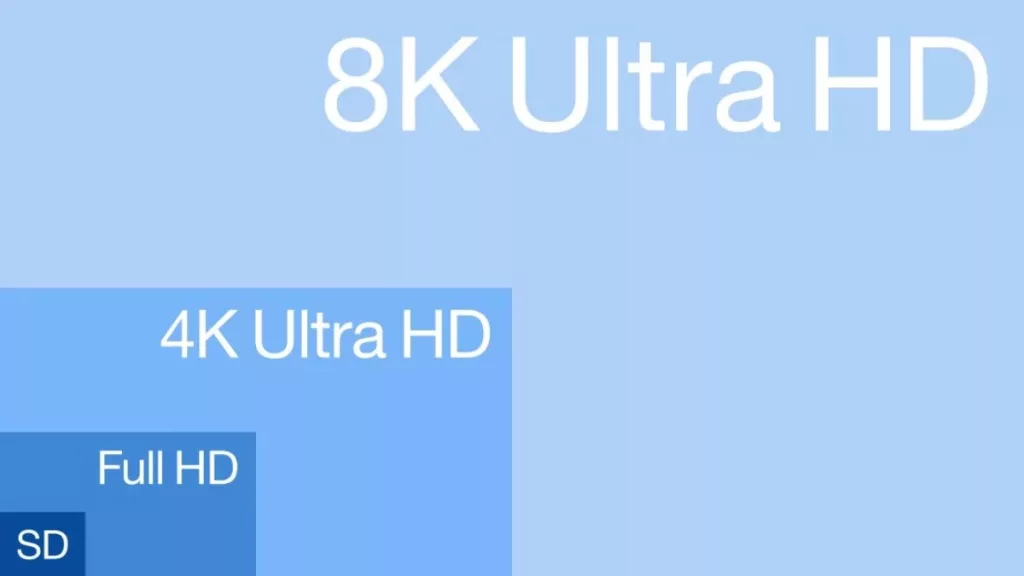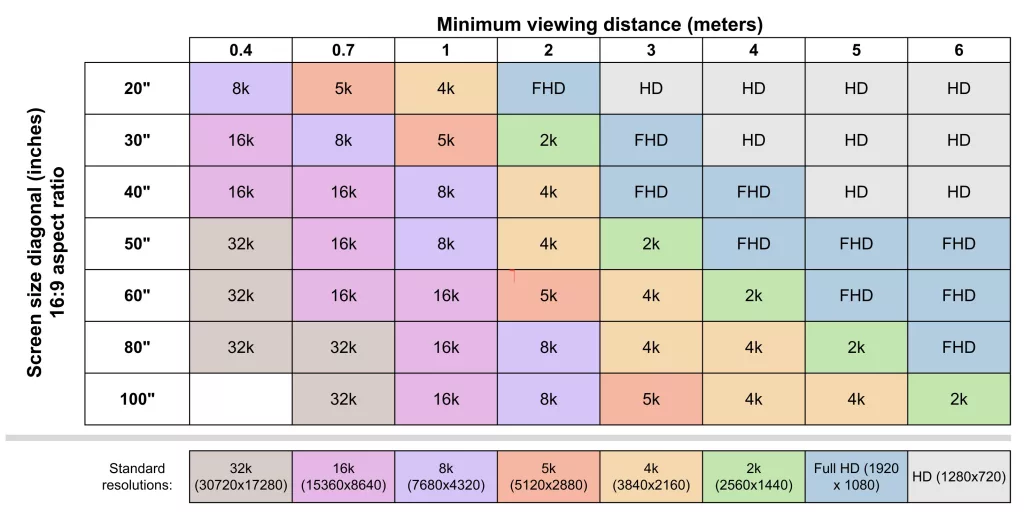
8K has had about as much popularity as a lead balloon since its arrival around ten years ago, but for those still interested in it, the basic rule is to go big or go home. Titled “Resolution limit of the eye — how many pixels can we see?”, a study (via Nature Communications) conducted by researchers from the University of Cambridge and Reality Labs has produced some interesting results. From an online optimal viewing distance calculator for various sizes and resolutions to an analysis of different rendering methods and detailed references to past studies of the human eye, there’s some interesting data to consider when thinking about what constitutes an optimal viewing experience with different types of displays.
“As large engineering efforts go towards improving the resolution of mobile, AR and VR displays, it’s important to know the maximum resolution at which further improvements bring no noticeable benefit, But there have been no studies that actually measure what it is that the human eye can see, and what the limitations of its perception are.”
-Dr Maliha Ashraf, Cambridge Department of Computer Science and Technology

While the experiment had a low number of participants, 18 young adults with an average age of 26, there were 162 measurements recorded using a display setup featuring a sliding mount to adjust the distance from the subject. Generally speaking, it was discovered that most could not discern the increased pixel count of a 44-inch 8K or 4K if they were more than 2.5 meters (just over 8 feet) from the screen, and according to the above chart, a viewer would need at least an 80-inch screen to see the difference at 2 meters. There are numerous articles online suggesting similar optimal viewing distances, as are discussions regarding optimal PPI, but this one just adds to an ongoing compilation of data supporting that we are nearing limits of what can be perceived by the human eye with higher resolution displays in regard to their size and distance setups.
“Our results set the north star for display development, with implications for future imaging, rendering and video coding technologies,”
-Dr Alex Chapiro, Neta Reality Labs
